In the Indian festival season, a surge in spending and consumption was expected, but the scale took the industry by surprise — so much so that many sectors struggled to catch up with the rising demand. The spending has not yet ended and continues to drive the economy.
While a surge in spending in the festive season is natural, this year stood out as many factors enabled heightened spending.
Firstly, the inflation is at an eight-year low of 1.5 per cent. Secondly, the government’s GST cuts reduced indirect taxes on most of the goods and services and enabled the public to ramp up purchases. Thirdly, the surge of gold prices meant the value of Indian household gold rose to $3.9 trillion.
But there has been a downside to the issue as well as many consumers faced problems. A Local Circles survey found that nearly six in ten consumers surveyed who shopped through eCommerce or quick commerce platforms this festive season got stuck with wrong or defective items they could not return.
GST reforms, lowest inflation in 8 years drive consumption
In September, just as the festive season began, inflation eased to the lowest level since 2017 to 1.5 per cent.
“The CPI inflation eased to a 99-month low 1.5 percent in September 2025, pulled down by a sharper than anticipated disinflation in food and beverages to 1.4 per cent (81-month low), despite several other categories recording a sequential uptick in YoY inflation prints. For instance, inflation for miscellaneous items shot up to 5.35 percent in September 2025, boosted by the surge in prices of gold and silver,” said Aditi Nayar, chief economist, Icra, as per Moneycontrol.
But the GST cuts —hailed as GST 2.0— are believed to have a much bigger role in the consumption surge.
The HDFC Mutual Fund estimated GST cuts handed Rs 2 lakh crore to households in savings that they could now spend on goods and services, prompting the consumption surge,
Impact Shorts
More ShortsMoreover, the surge in gold prices rose the value of gold with Indian households to around $3.8 trillion.
Demand surged so much companies couldn’t catch up
For the first time in many years, the festive surge in demand was such that many sectors, ranging from automobiles to edibles and appliances could not catch up. There have been long waiting lists and companies have had to run factories on Sundays.
There is a waiting period for premium 65-85 inch televisions, 8 kg-plus washing machines, 450-500 litres and above refrigerators, and diswashers, and many retailers ran out of chocolates, soft drinks, biscuits and other snacks, particularly large packs, according to Economic Times.
While companies expected up to 30-35 per cent surge, the demand in many cases grew by 50-100 per cent on the back of GST cuts and low inflation, as per ET.
As companies did not expect such a rise in demand, it could take up 45 days for the supply to normalise, the report stated.
Maruti Suzuki, the largest Indian carmaker, clocked about 14,000 bookings everyday compared to 10,000 before GST rates were cut, according to Partho Banerjee, the company senior executive officer for marketing and sales.
Banerjee told ET the company was running short of vehicles across models.
Between the start of Navratri in September to October 19, Maruti Suzuki sold about 335,000 vehicles, up about 50 per cent from sales during the period last year, the report stated.
Amit Kamat, the Chief Commercial Officer at Tata Motors Passenger Vehicles, told ET that the company delivered more than 100,000 vehicles, which helped it bring network stock down to a comfortable 25–28 days between Navratri and Diwali.
Kamat said the demand is such that the waiting time for some variants is as much as 30 weeks.
In appliances, dishwasher sales were up by 100 per cent as compared to last year’s festive season, the sale of top-load and front-load washing machines rose by over 50 per cent, and the demand for 55-inch and above televisions and side-by-side refrigerators jumped by more than 60 per cent, the report stated.


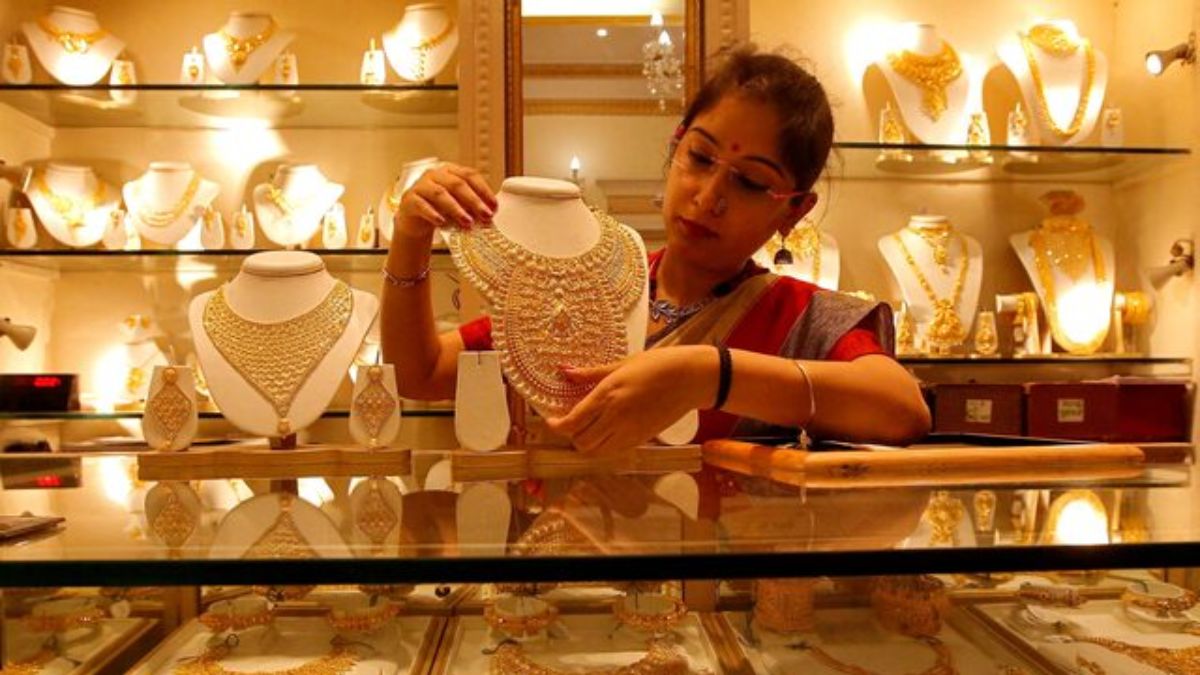)
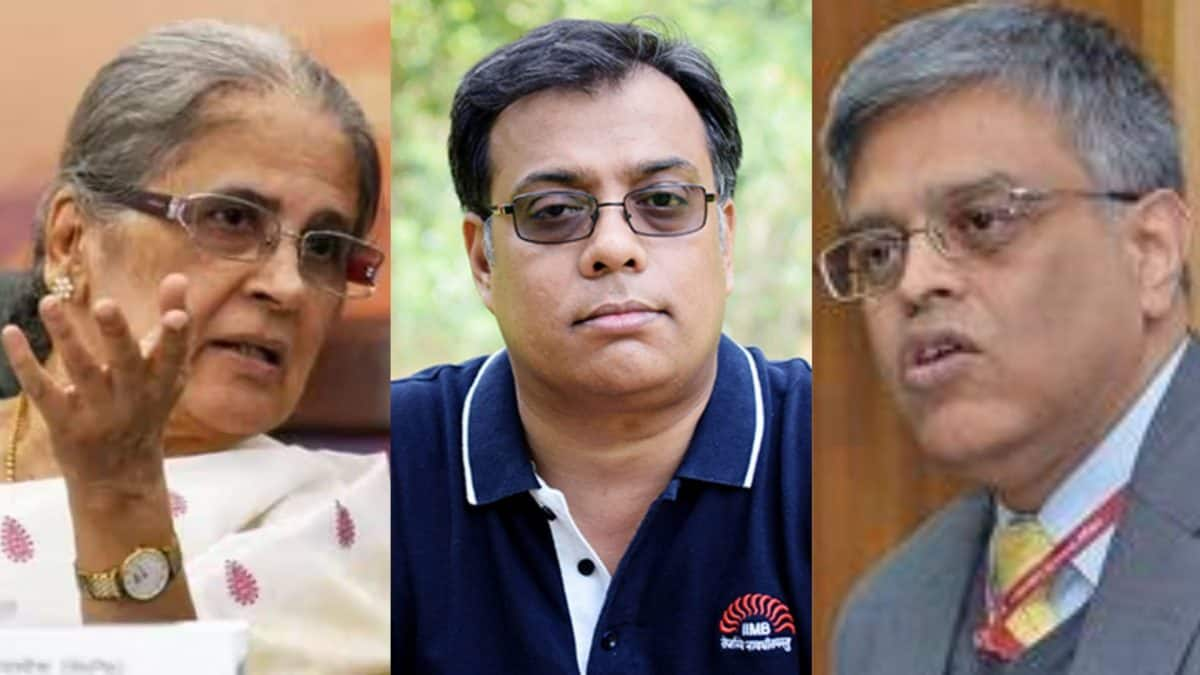
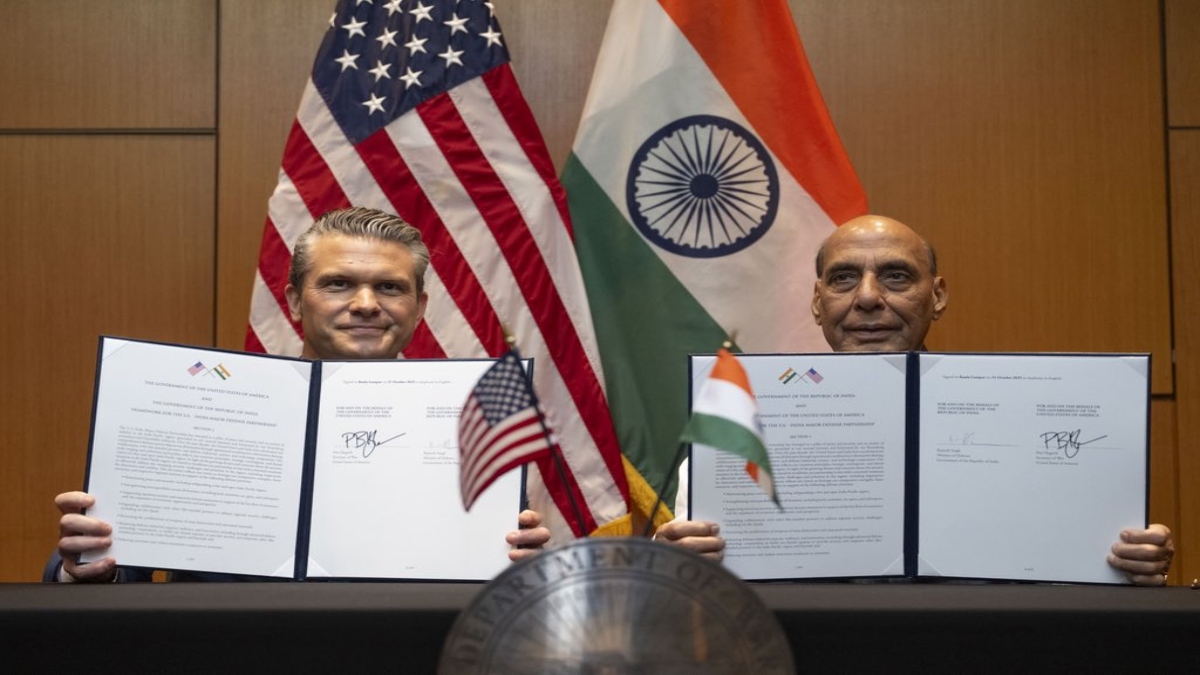)
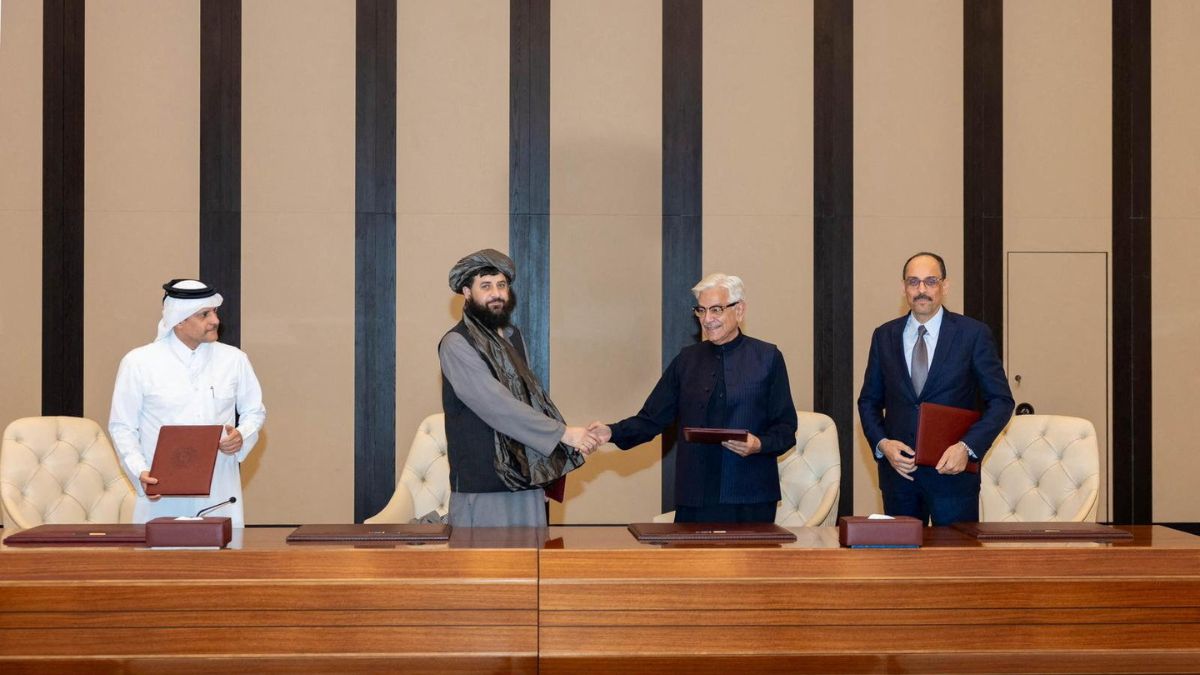)
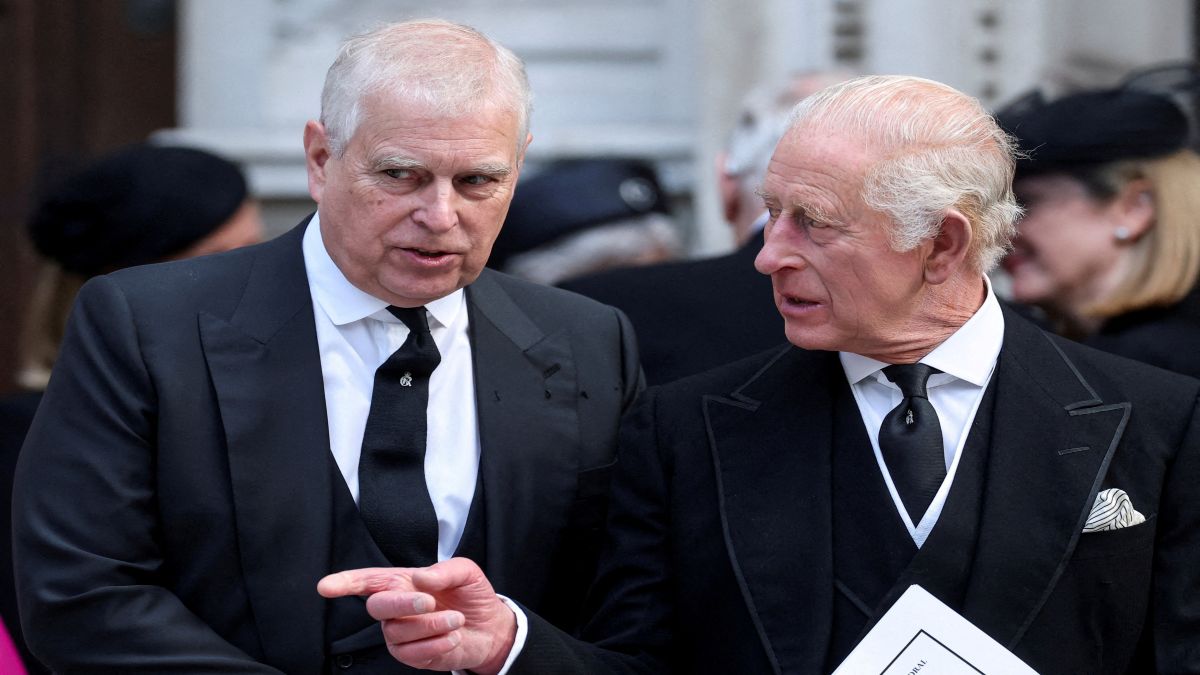)
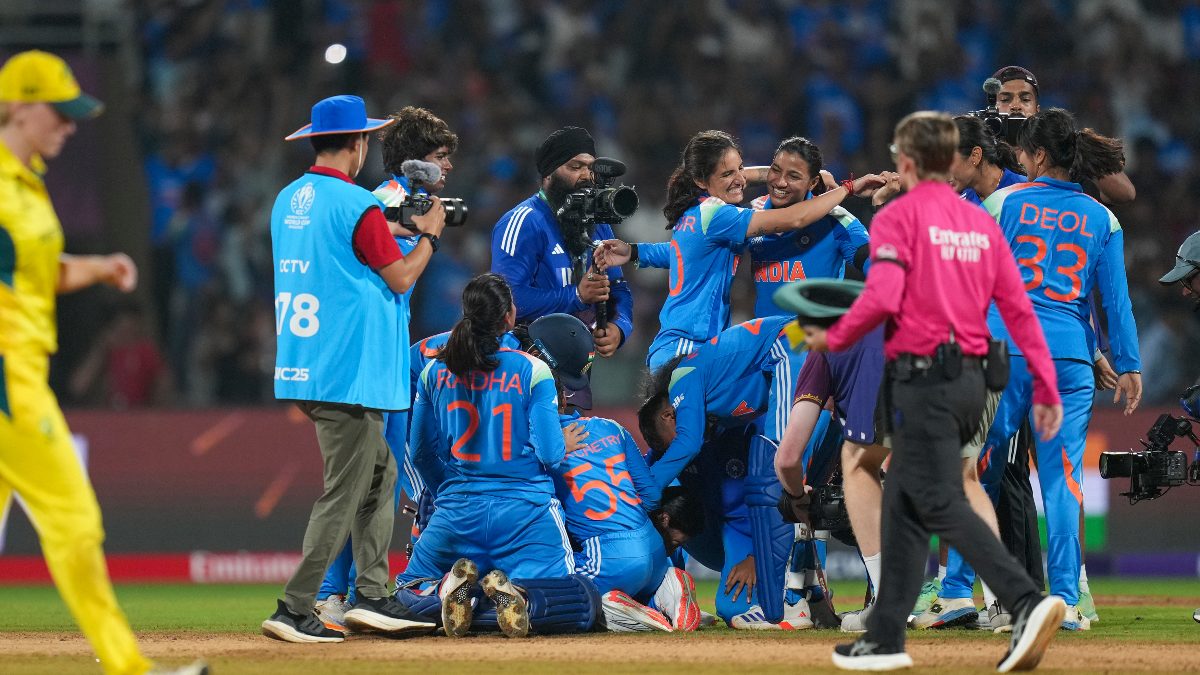)
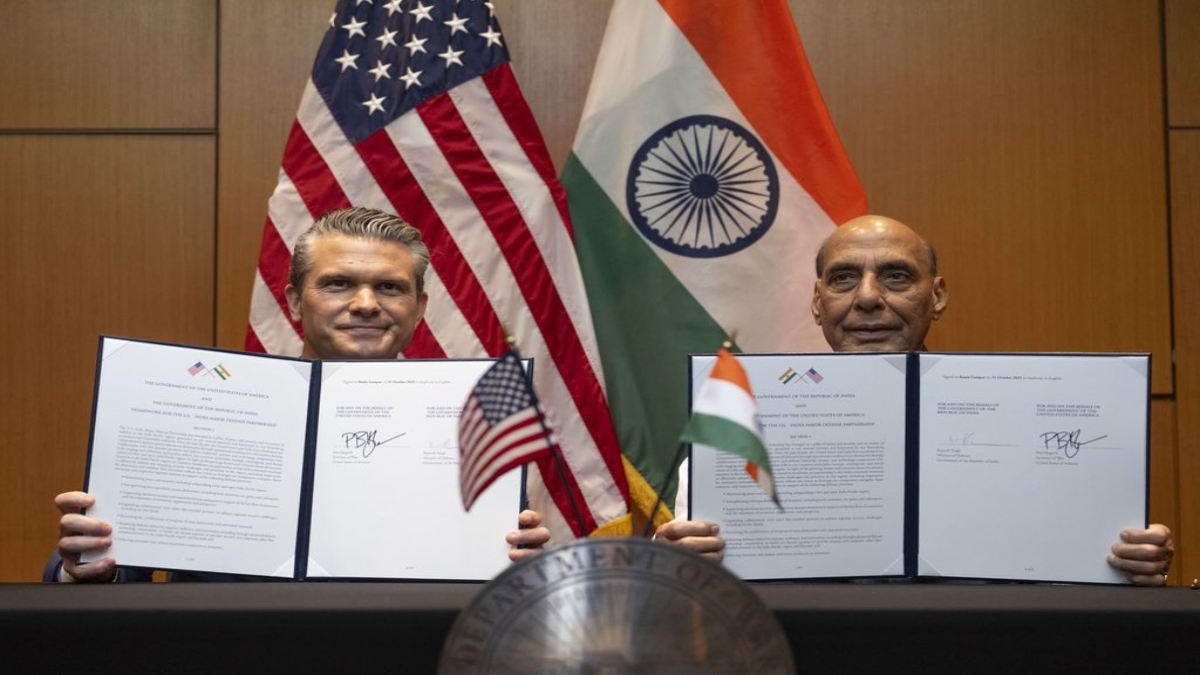)
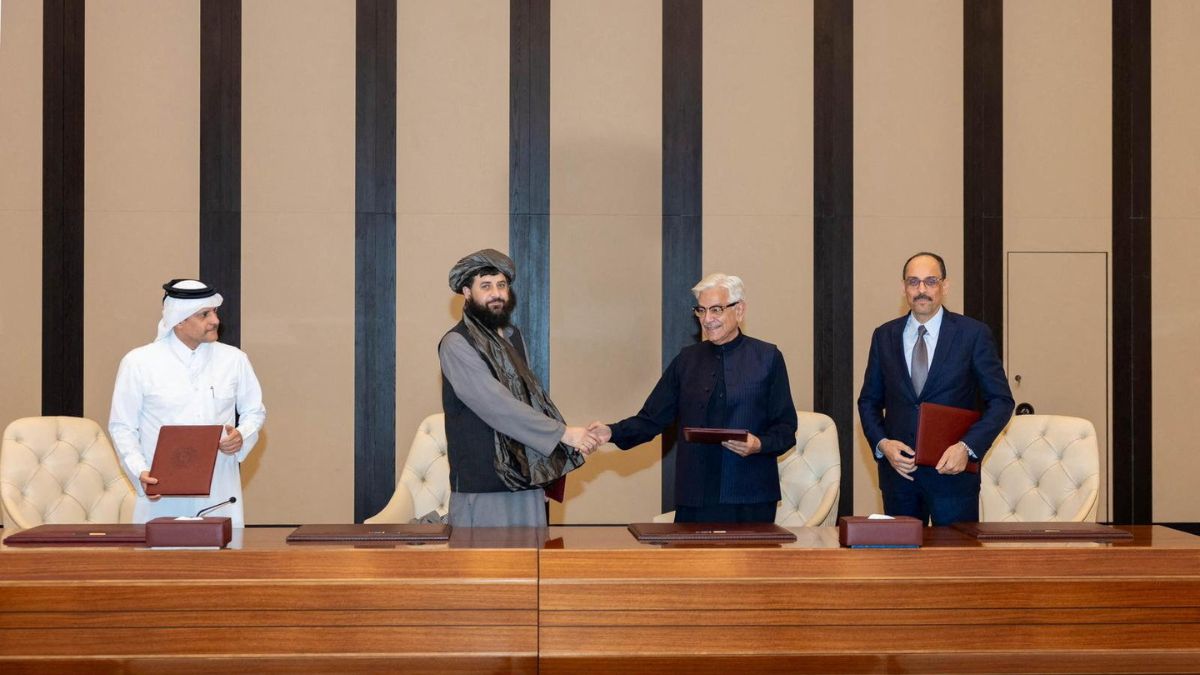)
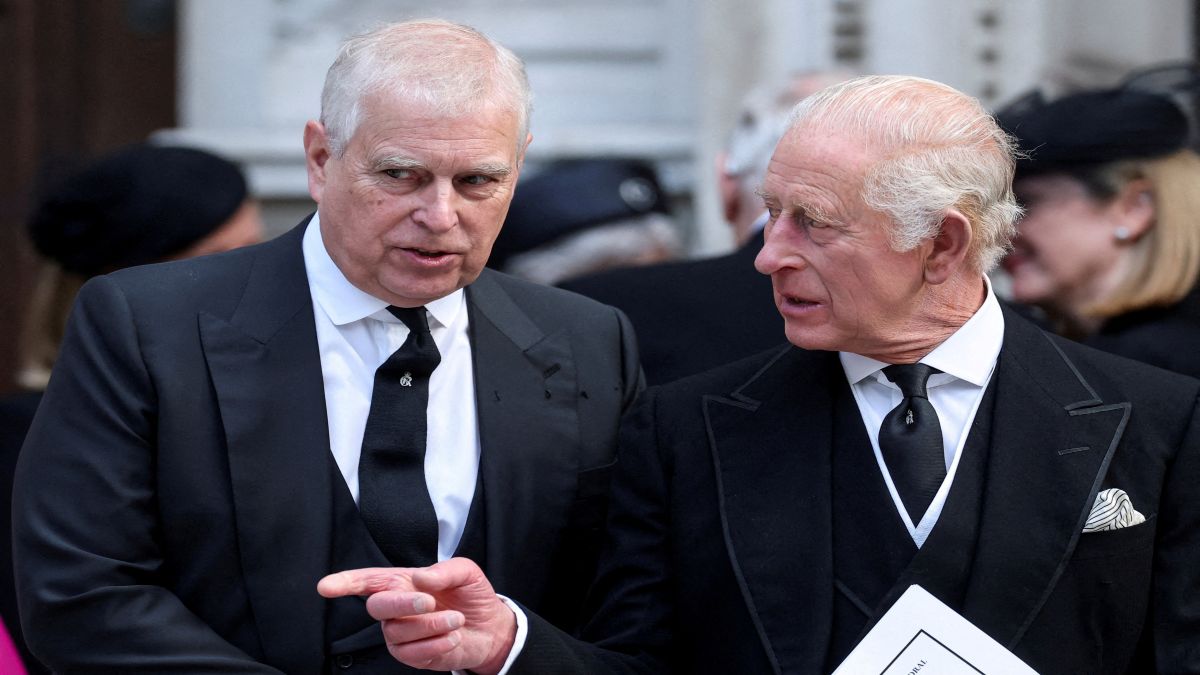)
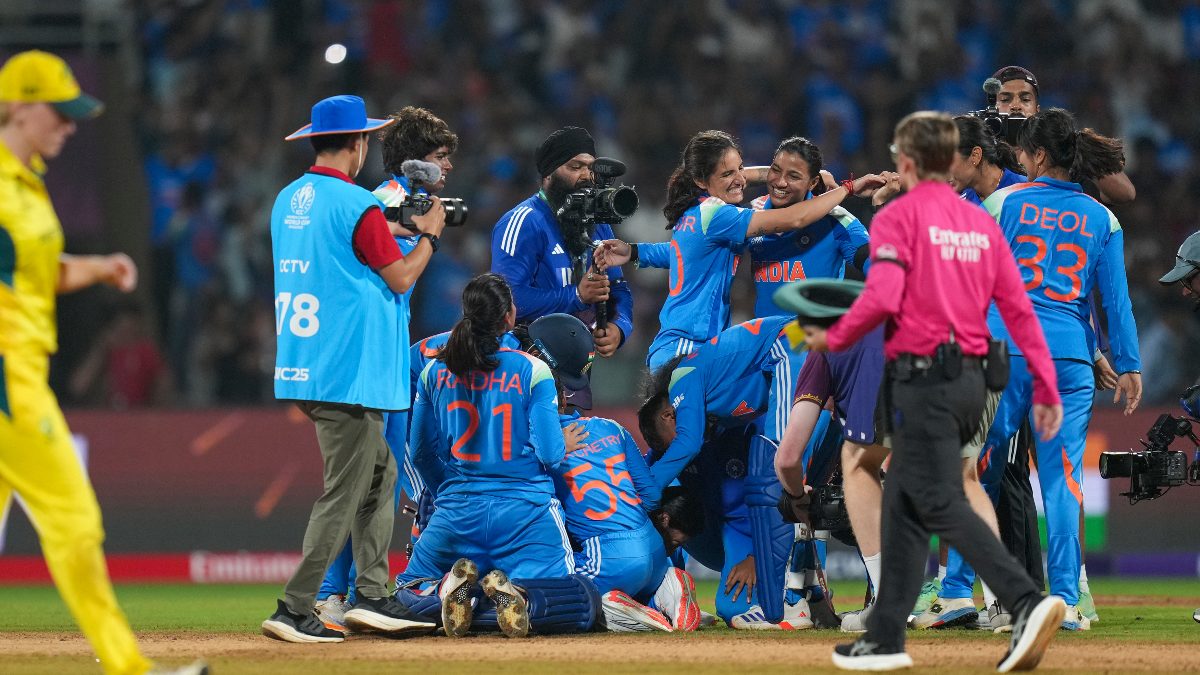)



